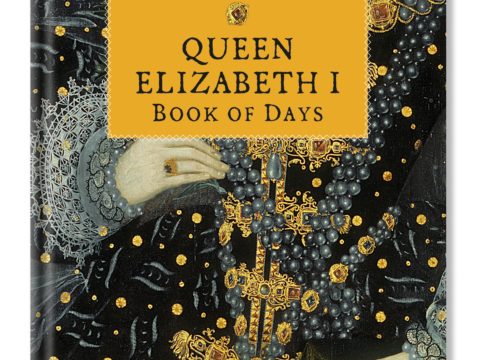Margaret Tudor: Life Story
Chapter 19 : Declining Influence
Angus’ domination of James continued, even beyond his legal majority, which was declared in June 1526. He had managed to persuade the Earl of Arran to join with him, and it was Arran whom the Earl of Lennox faced in a rescue attempt that Margaret had devised. Lennox was killed in the skirmish, known as Battle of Linlithgow Bridge. This gave rise to a new feud, between the Lennox Stewarts and the Douglases, that was to cast a shadow over the life not just of James, but also that of his daughter and eventual successor, Mary, Queen of Scots.
During this period, Margaret was eventually granted an annulment of her marriage to Angus. Despite her grounds that the marriage was invalid as James IV had still been alive, Clement VII granted it on the altogether more reasonable premise that Angus had been pre-contracted to Lady Janet. He added a clause protecting the legitimacy of Margaret and Angus’ daughter, Lady Margaret Douglas. Margaret swiftly married Henry Stewart.
James’ captivity lasted until, aged sixteen, he managed to escape, dressed as a servant, and ride hard for Stirling. Once reunited with Margaret, he was safe. It was reported, sorrowfully, in England, that James was now ruled by Margaret, Stewart, now granted the Lordship of Methven, and Lords Maxwell and Buccleuch.
Angus was banished and took refuge in England, taking his and Margaret’s daughter with him. There are no records at all of Margaret Douglas’ childhood. We do not know whether she spent it with Margaret, or with Angus. The only information is that, once she was in England, she was left with Lord Dacre who was enjoined by Henry VIII to keep her carefully, lest she be taken back to Scotland, from which we can infer that Margaret wanted her daughter returned to her.
With James now of age, Margaret’s role in the forefront of politics was reduced. Stirling was handed back to James in return for Methven and its castle near Perth and Margaret finally had sufficient funds to maintain herself.
There was little intercourse with England in the following years, until the Treaty of Berwick of 1534 which was for peace during the joint lives of the kings, although, according to Lord Lisle, ‘many have small trust in it.’
In December of that year, Margaret was again in correspondence with Henry, hoping to arrange a meeting between him and James. James, however, was much more inclined to the Auld Alliance and was hoping to persuade Francois I to perform the obligations of the Treaty of Rouen, agreed by Albany in 1517, under which James was to be married to Francois’ daughter, Madeleine.
Just as she had little influence with her son, so it appeared that she had none with her brother. In 1536, Margaret’s daughter, who had been living at the court of England, was sent to the Tower of London for contracting marriage with Lord Thomas Howard. Margaret was beside herself with fear for the child she had not seen for at least seven years, and perhaps longer, and pleaded with Henry to send the girl back to her. She would ensure that she was no further trouble to her uncle.
Henry turned a deaf ear to his sister’s pleas. Although Lady Margaret was eventually released, there was no question of her being allowed to return to her mother – it is unlikely that she would have chosen to do so, even if she could.
Margaret continued to press for a meeting between the two kings, and a vague plan was agreed that they should meet at York at Michaelmas 1536. James however, either had never had any intention of meeting his uncle, or changed his mind at the last minute, much to Henry’s anger. He felt humiliated by his young nephew, and resentment between the two festered.
In late 1536, James travelled to France to collect his French bride. He did not entrust Margaret with any part in government during his absence (although Maria Perry states that she was Regent, in fact, he appointed a regency council led by his Chancellor, Gavin Dunbar, together with five others.)




